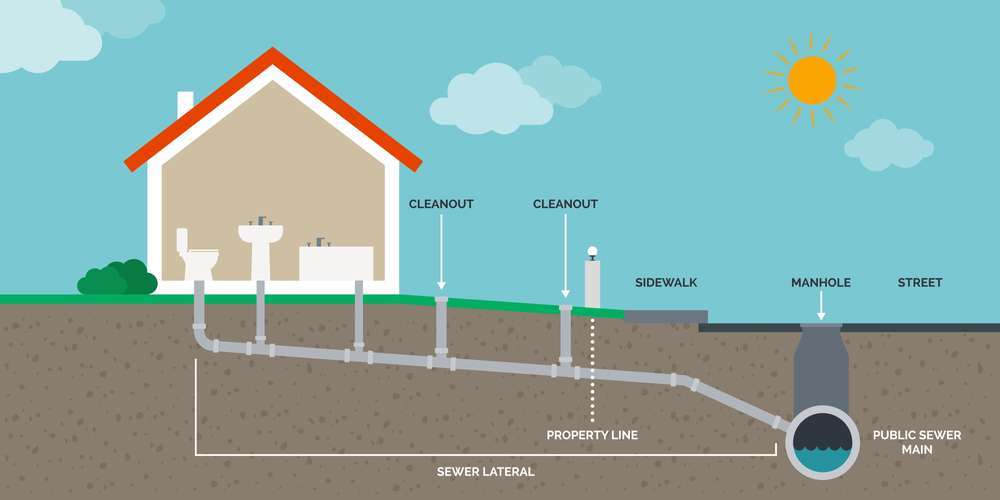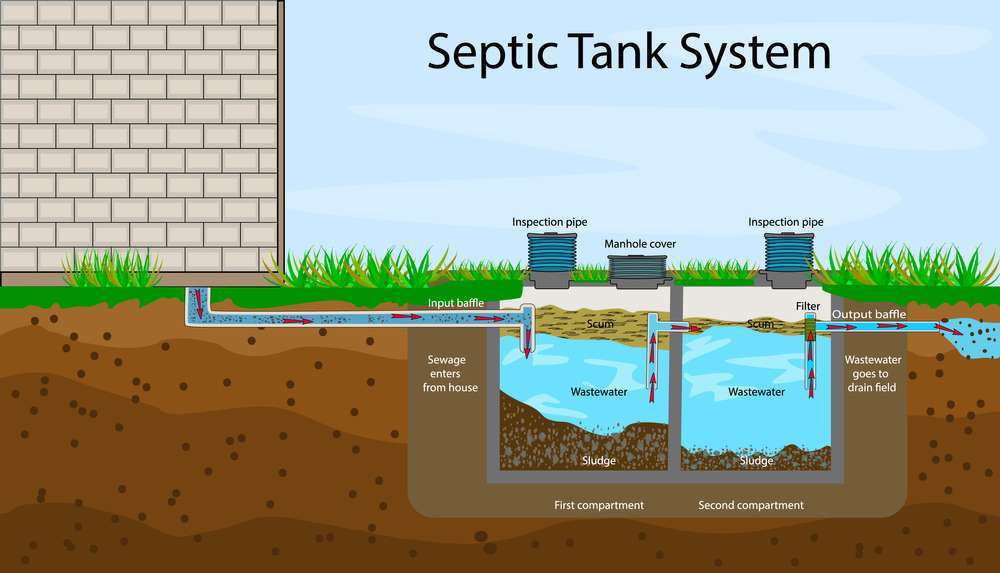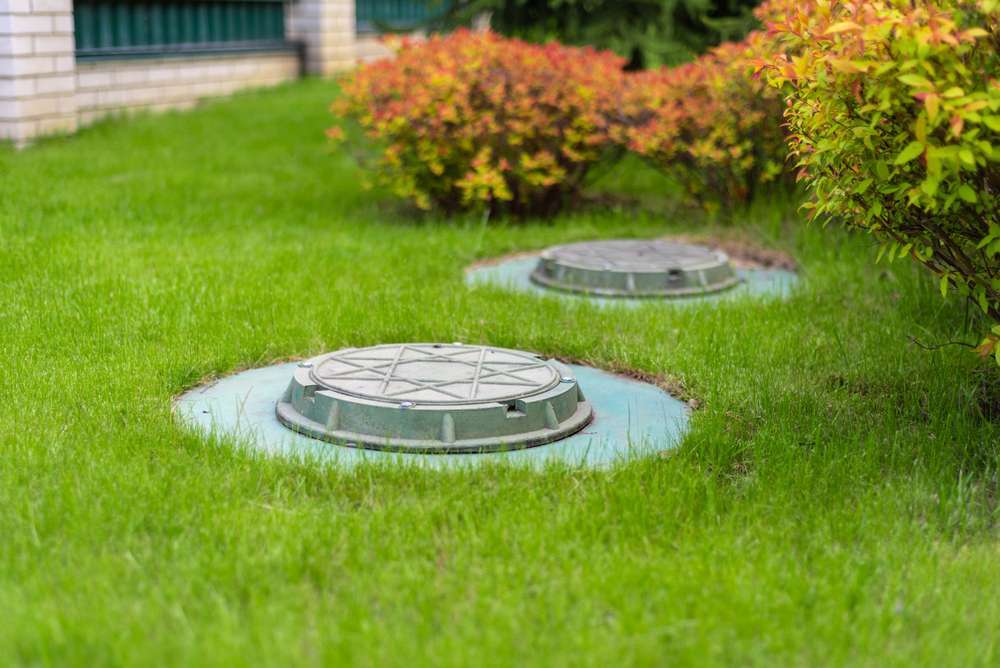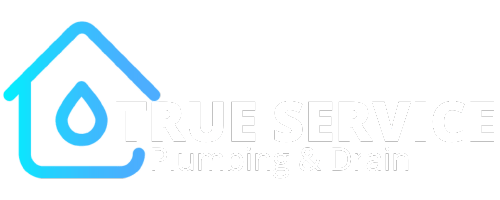Ever wonder what happens to the water after you wash your hands or flush the toilet? Here in Toronto and in most of the GTA, a drainage system handles wastewater after use in both commercial and residential buildings.
This system is what makes our everyday interactions with water possible. Simple functions like washing dishes, doing the laundry, watering the garden, and taking a bath.
How often have you thought about the system making all of these simple things possible? It would certainly make for a good topic to ponder over while in the shower.
Today, for the second topic in our Know Your Plumbing series, we explore and discuss the two types of drainage systems: sewer and septic.
A Brief History of Drainage and Sewage Systems
Over the course of history, there have been many different methods for water drainage. From the people of the Indus Valley civilization[1]https://www.academia.edu/5937322/Chapter_2_Sanitation_and_wastewater_technologies_in_Harappa_Indus_valley_civilization_ca._26001900_BC to the ancient Romans with the construction of the Cloaca Maxima[2]http://www3.iath.virginia.edu/waters/Journal4Hopkins.pdf, humanity has sought various ways to dispose of wastewater.
The Minoan civilization of Crete were one of many to first to use a basic drainage and sewage system[3]https://theplumber.com/crete/. Their capital city, Knossos, had an intricate and well organized system for bringing in fresh water into the city. This system was capable of removing wastewater by the use of sewage canals. The Minoans even had what was believed to be the world’s first flushing toilet[4]https://www.themodernantiquarian.com/site/10854/knossos.html.
It wasn’t until the Industrial revolution that extensive sewage and drainage systems were built. During the nineteenth century, many cities in both Europe and North America saw an enormous growth in population. An increase in the outbreak of disease due to crowding in cities was often the result[5]https://archive.org/details/separatesystems03piergoog/page/n33/mode/2up.
This led to a rise of modern public sewage systems being constructed and a push for advanced water sanitation methods during the mid-nineteenth century[6]http://wvwv.sewerhistory.org/articles/whregion/urban_wwm_mgmt/urban_wwm_mgmt.pdf.
From there, we get to the sewer and sanitation systems we have today. The development of both the public sewer and septic systems we see today are a result of centuries of human ingenuity.
What’s The Difference?
Sewer and septic systems share a similar objective; they are used to dispose of waste water in a safe manner and maintain water quality.
Both systems have mechanisms to filter wastewater. Black and gray water undergo filtration to remove bacteria and pathogens prior to releasing the water back into the water supply for reuse.
This process is an absolute necessity. If water with contaminants re-enter the water supply, the same contaminants will likely end up in the water we use and drink.
Ground and surface water containing pollutants means polluted tap water. Therefore, these two systems provide an integral role in keeping community water sources potable.
The main difference between the two systems is mostly to do with your home. Sewer systems are centralized; connecting multiple homes within your community to a central drain. The sewer system’s maintenance is done by the City or Local Municipality.
In contrast, a septic system’s maintenance is solely the responsibility of the property owner. They are entirely independent within the property they are built on.
How Does A Sewer System Function?
Here, in Toronto, there are two parts to the sewer service line:
- City-side – which connects to the sanitary sewer below the street
- Private-side – connects to the property, with a separation at the property line. Private side sewer lines are the owner’s responsibility.

The City of Toronto actually has two types of sewer systems: separate sewer system and combined sewer system. This means that the sewer line(s) connecting to your home connects to either both a sanitary and storm sewer drain or a single combined drain.
- Sanitary sewer – Transports wastewater released from fixtures in your home. This water flows to a treatment plant. The treatment plant cleans the water then releases it back into Lake Ontario.
- Storm sewer – Captures rainwater and snowmelt via catch basins and square grates found on the roadside. This water then flows directly back into local waterways.
- Combined sewer – Found in Toronto’s older parts, this sewer system was built almost a century ago. This older sewer system has both storm and sanitary sewers combined into one pipe drain. All contents flow to wastewater treatment plants. Overflows can occur during periods of heavy rainfall/snowmelt.
Despite requiring less maintenance, a sewer system can have several drawbacks. For one, when something goes wrong, you have less control on the when, where, and speed at which repairs are done.
Additionally, if the breakage occurs on the private-side sewer line, on your side of the property line, you will be responsible for footing the bill.
How Does A Septic System Function?
In a septic system, all processes occur on your property. From initial drainage all the way to wastewater treatment. Everything is done independently, with no Municipal or City control aside from your own and a bit of Mother Nature’s help.
Briefly, a septic system works by having wastewater flow initially into steel or concrete tanks. Here, bacteria breaks down the contents of your wastewater. The wastewater is then filtered out, where effluent water empties out from the tanks into a drain field.
There are several parts to a septic system:

Main Sewer Drain – Similar to the sewer system. All your home’s plumbing fixtures connect to a main drain which wastewater flows through.
Inlet/Input Baffle – Found at the junction between the septic holding tank and the main sewer drain connecting to your home. It’s main function is to help guide the flow of wastewater without disturbing the scum layer within the holding tank. By allowing the wastewater to flow across a longer path, it provides more time for it to separate.
Septic Holding Tank – Septic holding tanks come in a variety of shapes, sizes and materials. They are built underground and are made visible above ground with a manhole cover or riser. Most tanks are capable of holding 1000 gallons of water. However, tank capacity will need to be based on how many people the property can accommodate.
The holding tank keeps wastewater from spilling into the ground and polluting ground water. Made of watertight material, it’s purpose is to hold wastewater long enough for the separation process to begin.
When your wastewater begins to separate, it forms three layers within the tank. Starting from the top you have:
- Scum – Material that is lighter than water. Usually made up of oils and fats.
- Wastewater – Part of the solution that is leftover from the scum and sludge. Will often contain bacteria, microbes, and various other materials not heavy enough to sink or float to the surface.
- Sludge – Heavier material which sinks to the bottom of the tank. This layer is composed of solids.
You will need to periodically pump and maintain your holding tank every few years to ensure the septic process continues efficiently and without issue.
Drain/Leach Field – At this part of the process, treated wastewater, also known as effluent water flows through a filter and output baffle and into a drainfield.
This occurs whenever new wastewater enters the septic tank. A similar amount flows out to a series of perforated pipes, shallowly buried near the ground surface.
Purpose of a drain field is to distribute effluent water into the soil. From here, the effluent water will be exposed to oxygen and microbes. The oxygen and microbes interact with the water, further removing any remaining pollutants. The water then filters down the soil, eventually mixing in with the groundwater.
The use of soil as a final, natural filter concludes the septic system process.
Sewer Line Repair & Maintenance with True Service Plumbing
Experiencing sewer line trouble or in need of some maintenance tips or help? Time to call in the pros!
Our licensed plumbers will assess your home’s plumbing system and determine the root cause of your issue, and perform the services necessary to resolve the issue.
From clogged sewer mains, plumbing fixture overflows, to a total drain cleanout, True Service Plumbing has your back when it comes to all things plumbing.
Contact True Service Plumbing today to schedule a free estimate and consultation.
References


